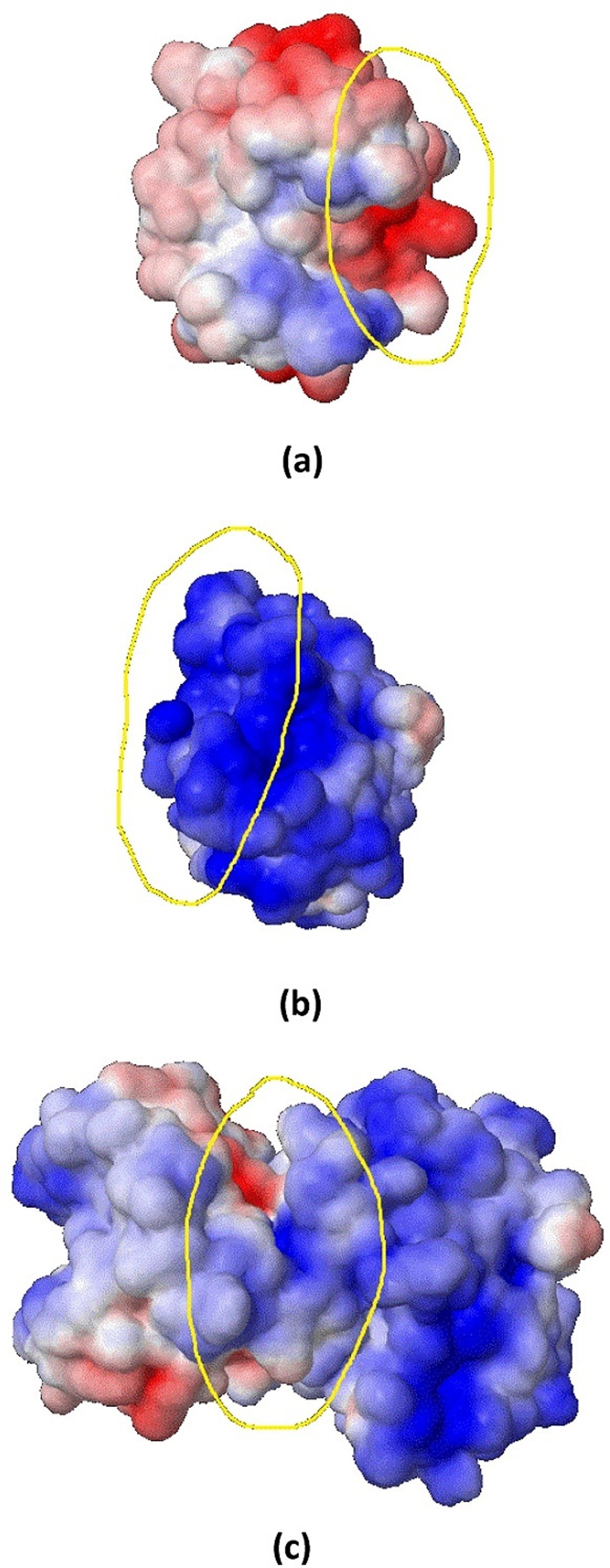

This paper demonstrates that for the computation of electrostatic surface potential, these two techniques can be combined to deliver significantly greater speed-up than either one separately, something that is in general not always possible. Two commonly used techniques to speed-up these types of electrostatic computations are approximations based on multi-scale coarse-graining and parallelization across multiple processors. However, determining the surface potential for large biomolecules on a typical desktop computer can take days or longer using currently available tools and methods. Tools that compute and visualize biomolecular electrostatic surface potential have been used extensively for studying biomolecular function. PMID:20452792Īccelerating electrostatic surface potential calculation with multi-scale approximation on graphics processing units.Īnandakrishnan, Ramu Scogland, Tom R W Fenley, Andrew T Gordon, John C Feng, Wu-chun Onufriev, Alexey V This speed-up is significantly greater than the 42-fold speed-up for the HCP approximation alone or the 182-fold speed-up for the GPU alone.

The implementation delivers a combined 934-fold speed-up for a 476,040 atom viral capsid, compared to an equivalent non-parallel implementation on an Intel E6550 CPU without the approximation. Specifically, the electrostatic potential computation, using an analytical linearized Poisson Boltzmann (ALPB) method, is approximated using the hierarchical charge partitioning (HCP) multiscale method, and parallelized on an ATI Radeon 4870 graphical processing unit (GPU). Two commonly used techniques to speed up these types of electrostatic computations are approximations based on multi-scale coarse-graining and parallelization across multiple processors. Accelerating Electrostatic Surface Potential Calculation with Multiscale Approximation on Graphics Processing UnitsĪnandakrishnan, Ramu Scogland, Tom R.


 0 kommentar(er)
0 kommentar(er)
